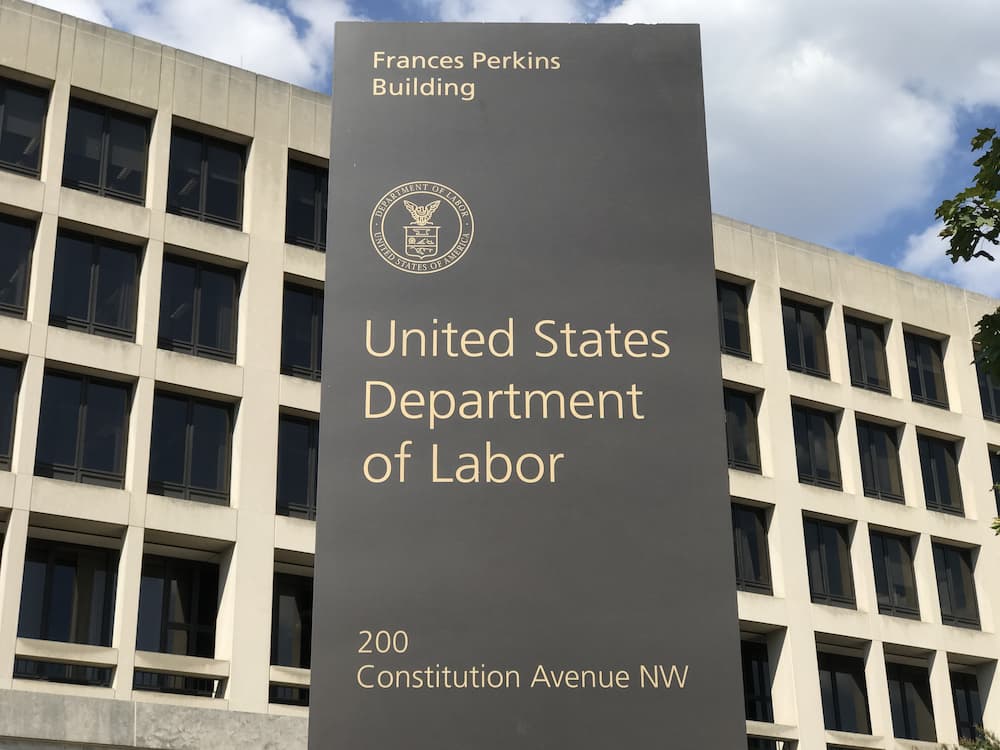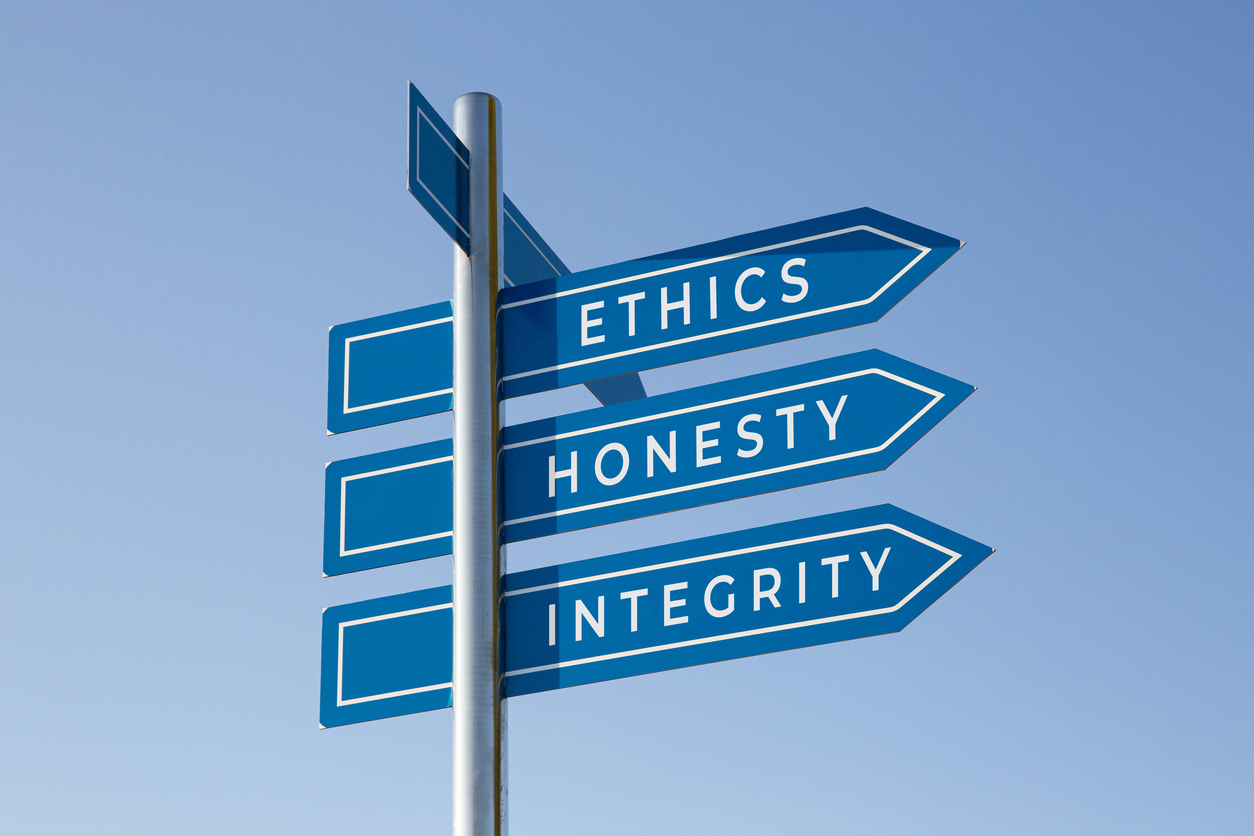Written by
Bretton Chatham
Bretton is an aPHR-certified member of the Marketing Team at Bernard Health. He writes about HR, compliance, and benefits solutions.
ERISA Enforcement in 2021 (and How to Avoid It in 2022)

The US Department of Labor (DOL) recently released a fact sheet covering 2021 enforcement actions and monetary recoveries by the Employee Benefits Security Administration (EBSA), the agency responsible for enforcing ERISA regulations for qualified plans.
Employers and plan administrators can learn a lot from these statistics, including common compliance mistakes to avoid. Here’s what you need to know to stay compliant.
What is ERISA?
ERISA stands for The Employee Retirement Income Security Act of 1974, a federal law that establishes the minimum standards for most retirement and healthcare plans in the private sector. Enforced by the DOL, the law is designed to protect employees who enroll in these employer-sponsored benefits.
Employers who administer ERISA-qualified plans are called “fiduciaries” and bear responsibility for compliance. Unlike Affordable Care Act (ACA) requirements, ERISA applies to employers of all sizes who offer qualified plans. Noncompliance can be costly.
ERISA covers any retirement plan that provides either retirement income in the future or the opportunity for employees to contribute current wages to retirement. Major plans covered under ERISA also include:
- Major medical plans
- Dental
- Vision
- Prescription benefits
- FSAs
- HSAs
- Specific EAPs
- Wellness programs
- Cancer policies
Plans that do not fall under ERISA primarily include pensions or other plans provided by the United States government, state or local governments, and churches.
Key Takeaways from 2021 ERISA Enforcement Statistics
According to the DOL, EBSA is authorized to oversee “nearly 734,000 retirement plans, 2 million health plans, and 662,000 other welfare benefit plans,” covering “about 158 million workers and their dependents with over $12.9 trillion in plan assets.”
In 2021, EBSA recovered a total of over $2.4 billion for ERISA-qualified plans, participants, and beneficiaries:
- $1.9 billion—Recoveries from Enforcement Actions
The agency closed 1072 civil investigations in 2021, with 69% of those resulting in monetary results or other corrective action. The vast majority of those recoveries ($1.548 billion) were on the behalf of terminated vested participants in defined benefits plans.
- $34 million—Voluntary Fiduciary Correction Program
This program allows plan officials to essentially self-report and voluntarily correct violations to avoid ERISA enforcement action.
- $50.8 million—Abandoned Plan Program
This program facilitates the termination of plans abandoned by employer sponsors and distributes benefits from those plans.
- $499.5 million—Monetary Benefit Recoveries from Informal Complaint Resolution
Plan participants can directly contact EBSA’s hotline and website to file a complaint about their employee benefit plan and to seek assistance. The DOL notes, “These inquiries sometimes lead to enforcement actions,” especially after receiving repeated complaints about a particular plan, employer, or service provider.
EBSA’s ERISA enforcement actions also included 449 non-monetary corrections. For example, in various cases, EBSA removed 6 fiduciaries, barred 34 individuals from acting as fiduciaries, and appointed 16 independent fiduciaries, among other actions. Although EBSA prefers to seek voluntary compliance for correction and restoration, the agency did refer 70 cases for litigation in 2021.
Additionally, EBSA opened 188 criminal investigations in 2021, 118 of which involved health benefit plans rather than retirement or other welfare benefit plans. Including previous years’ criminal investigations, EBSA’s ERISA enforcement actions led to 72 indictments and 38 guilty pleas or convictions.
How Employers Can Avoid ERISA Enforcement Action
Clearly, EBSA’s ERISA enforcement actions have a high success rate and can be very costly. As fiduciaries bearing responsibility for compliance, employers should seek to avoid such effective enforcement action.
National business law firm Kutak Rock recommends the following:
- Implement or update a missing participant policy to align with recent DOL guidance regarding terminated vested participants, which was the major source of monetary recovery in 2021. You may also be interested in this DOL memorandum outlining how EBSA audits and investigates such cases through the Terminated Vested Participants Project.
- Implement and adhere to a compliance calendar. Use this ERISA compliance checklist as well as this 2022 HR Calendar.
- Respond fully, promptly, and fairly to plan participants’ questions and concerns, which can help you avoid informal complaints to EBSA’s hotline and website.
- Self-report and self-correct through the Voluntary Fiduciary Correction Program process to avoid EBSA enforcement action, maintaining some control over the correction process and minimizing the cost of corrective action.
Finally, small to midsize businesses in particular can simplify compliance and save on costs using an ERISA wrap document. To make the process even easier, use a qualified and experienced benefits administrator like Alpine TPA.
Additional Resources
You can stay informed, educated, and up-to-date with HR compliance and other important topics using BerniePortal’s comprehensive resources:
- BerniePortal Blog—a one-stop-shop for HR industry news
- HR Glossary—featuring the most common HR terms, acronyms, and compliance
- HR Guides—essential pillars, covering an extensive list of comprehensive HR topics
- BernieU—free online HR courses, approved for SHRM and HRCI recertification credit
- HR Party of One—our popular YouTube series and podcast, covering emerging HR trends and enduring HR topics
Written by
Bretton Chatham
Bretton is an aPHR-certified member of the Marketing Team at Bernard Health. He writes about HR, compliance, and benefits solutions.
Related Posts
Yes, you can use a health savings account, or HSA, for cosmetic surgery, but only in...
According to the KPMG 2023 CEO Outlook, 64% of business leaders believe there will be a...
Thomas J. Peters, best known for his book In Search of Excellence, once stated, “The day...
According to the Ethics and Compliance Initiative’s (ECI) 2023 Global Business Ethics...







Submit a Comment